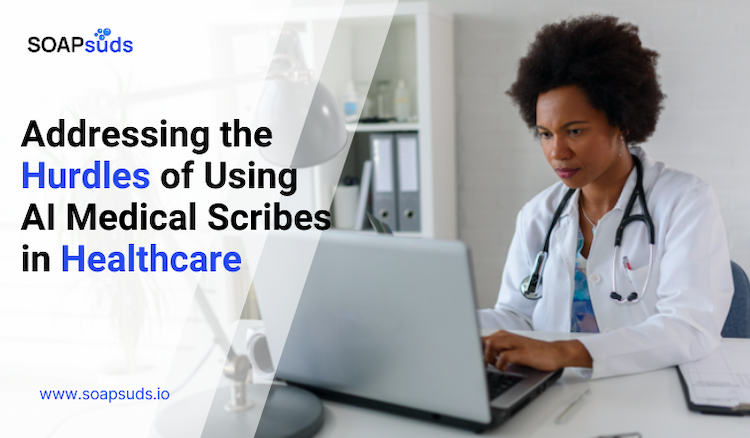The Impact of Social Biases and Industry Burdens on Women’s Health
SOAPsuds team
Published: 1/27/2025
SOAPsuds team
Published: 1/27/2025

Healthcare providers have started using artificial intelligence (AI) tools quickly to improve how clinical...

Healthcare scheduling goes beyond simple planning; it’s the backbone of running organized, well-supported teams

It’s important for healthcare staff to know the risks involved in using the wrong...

AI Medical dictation software helps doctors turn their spoken words into written text automatically...

Years ago, after finishing a patient visit, doctors would jot down a few quick notes

Pediatric medical scribes play a valuable role in healthcare by helping pediatricians with medical...
Clinical Notes
SOAP notes
DAP notes
AI medical notes